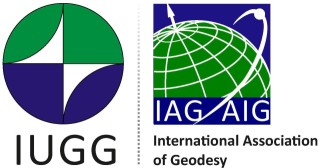Geocenter motion observation is one of the most demanding applications of high precision geodetic techniques. Currently, Satellite Laser Ranging (SLR) solely contributes to the realization of the International Terrestrial Reference Frame (ITRF) origin. Even though among the space geodetic techniques SLR is the only one that derives well-established geocenter coordinates, SLR measurements are affected by systematic biases and suffer from a nonhomogeneous network distribution of tracking stations. Due to the lack of reliable independently derived geocenter motion estimates, it remains unclear how these errors propagate into the ITRF origin. Consequently, the demonstration of other geodetic techniques to contribute to the Earth's center of mass determination is of utmost importance.
The geocenter vector measured by Doppler Orbitography and Radiopositioning Integrated by Satellite (DORIS) so far ended with a lesser precision, as was to be expected given the less accurate positioning information, and the significant challenges to precise orbit determination (modeling of the non-gravitational forces) presented by the satellites tracked. However, the DORIS (and Global Navigation Satellite System, GNSS) tracking network is uniquely well distributed geographically. Likewise, as a microwave tracking system, DORIS (and GNSS) observations are not limited to cloudless weather, which can adversely create systematic effects in SLR-based estimations. Thus DORIS (but also GNSS) contribution to geocenter motion determination may also play a role. While obtaining independent DORIS-based geocenter time series, this paper shows how DORIS observations can contribute to allow insight into model and geodetic technique errors, and provide an independent assessment of the ITRF origin stability.

 PDF version
PDF version
